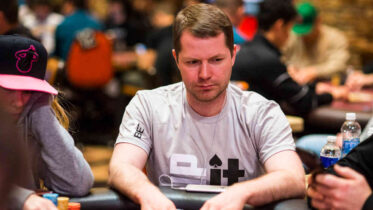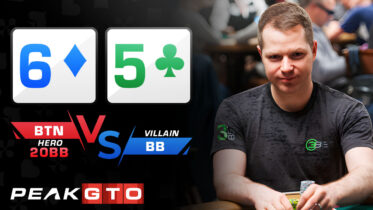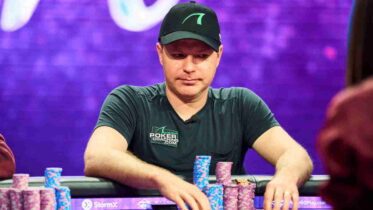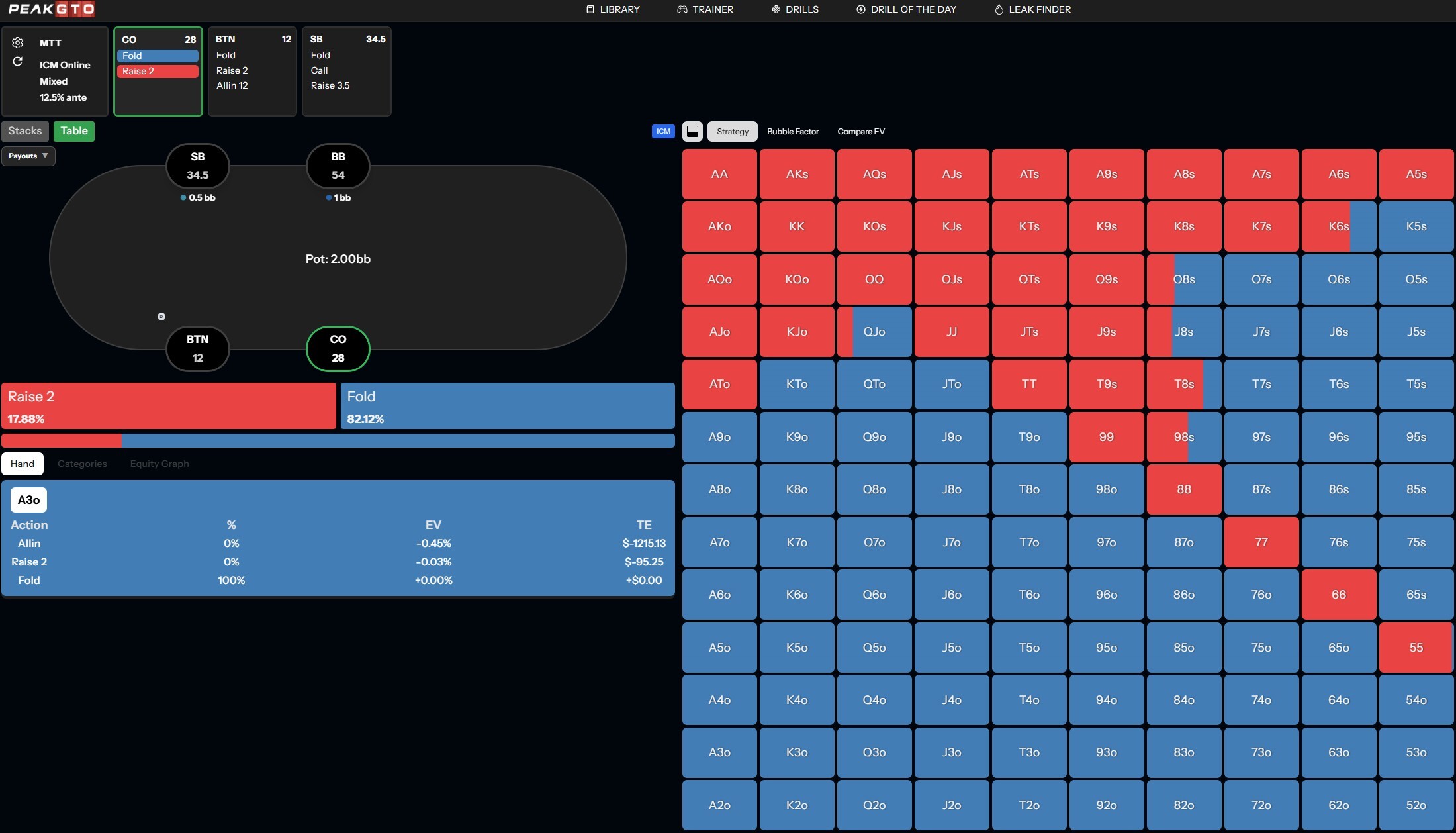Getting dealt the best cards is the simplest way to win at poker, but with up to nine players at the table, holding the best hand is not always possible. For that reason, players must master the art of bluffing in poker and picking the right times to make bets without an actual made hand.
Whether you like it or not, bluffing is an essential part of the game, and if you never bluff, you will never become a great poker player.
There are many things to consider in choosing whether to bluff or not in a given spot in poker, so we are going to look at the art of bluffing from different angles and find simple explanations for some of the most common questions about it.
Keep reading if you want to find out how to pick your spots to bluff in, how to choose the right hands to bluff with, and when to avoid bluffing to save yourself from losing unnecessary chips.
The Subtle Art of Bluffing
Bluffing is an essential part of the game of poker, but many novice players don’t quite realize it when they start playing the game.
For that reason, you will often see such players almost never bluff or be shocked by seeing other players bluff off large portions of their stacks.

Regardless of what anyone might think, you will never win in poker at any significant level if you never bluff. On the other hand, bluffing too much will also result in massive losses.
The trick to being good at bluffing is finding the right balance between being a nit and being a maniac, and this is what the best players truly excel at.
On one end of the spectrum, we have nits who never bluff and only make big bets when they have a strong hand. All good players adjust to nits by never calling their big bets without a very strong hand and by pouncing on them anytime they check.
On the other end of the spectrum are maniacs, players who bluff off their entire stack anytime they get a chance. Playing like a maniac will result in competent players calling down your bets with a single pair and leaving you scratching your head.
If you want to be a great poker player, you will have to find the balance between the two and time your bluffs just right in order to confuse your opponents and make it impossible for them to tell if you have a big hand or not when you fire a big bet their way.
Choosing the Spot to Fire Your Bluff
A successful bluff is all about the right timing. A well-timed bluff will get your opponents to throw away their cards without a second thought, while a poorly timed one can lead to disaster.
When choosing the right time to bluff, there are many different things to consider, and each of them can make or break your bluff.
Before you make a bluff bet at any point in a poker hand, consider the following things:
- Number of Players: Bluffing into multiple opponents is usually not a good idea. Firing a c-bet into two players can still make sense, but when facing more than two players, you should usually reduce your bluffs to only your best drawing hands.
- Position: Bluffing out of position can be tricky. While you can still get away with bluffing out of position once in a while, the best bluffs are executed in position, as this gives you some extra leverage in the hand.
- Player Pool Tendencies: Are you playing in an extremely loose and wild game? You should probably bluff way less often in that scenario! Are your opponents generally pretty nitty? Turn up the aggression at a table full of nits!
- Specific Player Reads: If you have specific reads on your opponent, you should always use them to your advantage. Bluff more against players who are happy to throw away their cards without much thought and bluff less against players who tend to be sticky and call many flop and turn bets.
- Your Image: Whenever you are considering making a bet, you should always consider the way others perceive you at the table. If your opponents think you never bluff, you can get away with murder. On the other hand, if they think you are a maniac, you should probably tone down the aggression quite a bit.
- Your Perceived Range: When playing against perceptive opponents, you should make sure to be aware of your own perceived range. Did you open from UTG, 4-bet before the flop, or just call an early position range on the button? These things will all impact the way others perceive your hand range after the flop.
- The Board Texture: The board texture is a very important thing to look at when considering bluffing. You should bluff more on board texture that favors your hand range over your opponent’s and less on boards that don’t really connect with your range.
- Physical Tells: Last, and probably the least of all, the things to consider when deciding on a bluff are physical tells. There are definitely times when you can get something from the way your opponents act, but try not to rely on physical tells too much, as these can easily be reversed and used against you.
Choosing the Hands to Bluff With
As well as finding the right situations in which to bluff, you should also pick the right hands to bluff with when the time is right.
Bluffing with random hands that have practically no connection with the board is usually not a good idea, as there are better hands to choose from that can actually improve and give you the best hand on later betting streets.
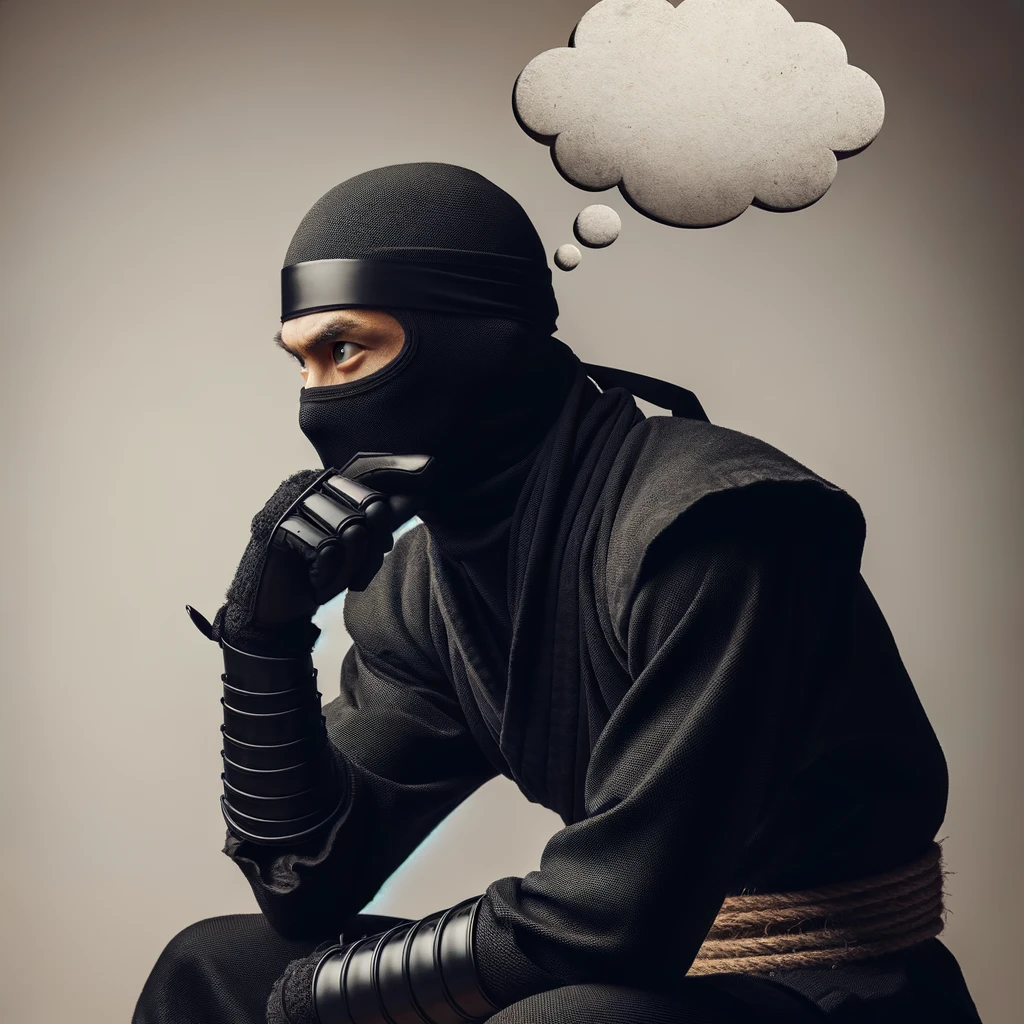
For example, if you c-bet the flop with an open-ended-straight draw, you have a chance of getting your opponent to fold but also a chance to make your straight on the turn. If you do the same with two undercards and no draws, your only hope will be for the bluff to work immediately.
Professional poker players have made an entire science out of choosing the right hands to bluff with, much of which is driven by poker solvers computer programs that are used to “solve” the game of poker.
Whenever you are considering bluffing, your first consideration should be related to bet sizing. You should ask yourself if the current bluffing spot warrants a big bet or a small bet.
For the most part, this has to do with the board texture. You can use the following rule to decide if you want to bet big or small:
- Bet small on dry board textures like 8s3d3h with your entire range (merged range). Many opponents will fold the vast majority of their hands, even for 25% of the pot.
- Bet big on wet, well-connected boards, such as Js9s8h, with your strongest hands and your good bluffs (polarized range). A small bet would lead to too many calls, while a big bet will get some hands, like bottom pairs and gutshots, to fold while also extracting value when you do have a big hand.
In the first case, when making a small bluff bet, you won’t have to make too many decisions in terms of hands you want to bluff with, as your entire range will serve as a good bluffing candidate.
For instance, on the board of 8s3d3d, a hand like As7s, 5d4d, or KcJc will all be great bluffing opportunities, as each of them can improve to something better on the turn while at the same time getting tons of bluffs even with the small sizing.
In the second case, you really don’t want to bluff hands that are not connected to the board. For instance, a hand like Ad5d is not a good bluff on Js9s8h as it doesn’t have a real way to improve on the turn.
You would much rather choose hands like AsQd, AhTh, or the strongest draws like KsTs or AsTs. On top of those, you will also make a big bet with all your made hands, like JJ, 99, 88, QT, J9, etc.
Re-Evaluating Your Bluffs on Turn and River
With every new community card that is dealt, you will want to re-evaluate your hand range and decide which hands you want to continue bluffing with and which you would rather get away from.
It is important not to continue every bluff all the way to the river and to recognize situations in which you are beaten too often to make your bluffs profitable.
For instance, let us imagine you did have AsTs on the Js9s8h board we mentioned earlier, and you made a flop bet, which got called.
On the 3d turn, you once again fire a bet, this time for 70% of the pot, and your opponent once again calls without much hesitation.
The river puts out the 5c and your opponent once again checks to you. You have just A-high and can’t really win the hand, but you need to ask yourself if this is the right time to bluff.
You are holding the As and the Ts, both of which are cards you would like your opponent to have in their range but which you now know they don’t.
They called your flop and turn bets, which means they will have a whole range of two-pair or better hands, including flopped straights and sets at some frequency, even though they would likely be raising some of these hands earlier in the hand.
By bluffing this river, you would be hoping that they fold some hands like 98 or J8, but the truth is most players will not fold this on the river after calling both the flop and the turn.
The fact you are blocking your opponent from having the but flush draw, as well as some of the potential pair + straight draw combos, makes your AsTs a hand you probably don’t want to bluff the river too much with.
On the other hand, a hand like AhTh, which you bet the flop and turn with, would be a much better bluffing candidate on the river, as it allows your opponent to have all the flush draw, as well as the open-enders with the Ts, which will fold the river.
Make sure to consider the cards you are holding and your opponent’s possible holdings every step of the way instead of blindly firing your chips into the abyss and praying your opponent will fold a set.
When to Avoid Bluffing
While bluffing in poker is an essential skill you must master on your way to greatness, there are also many situations in which you want to avoid bluffing, as it serves little purpose.
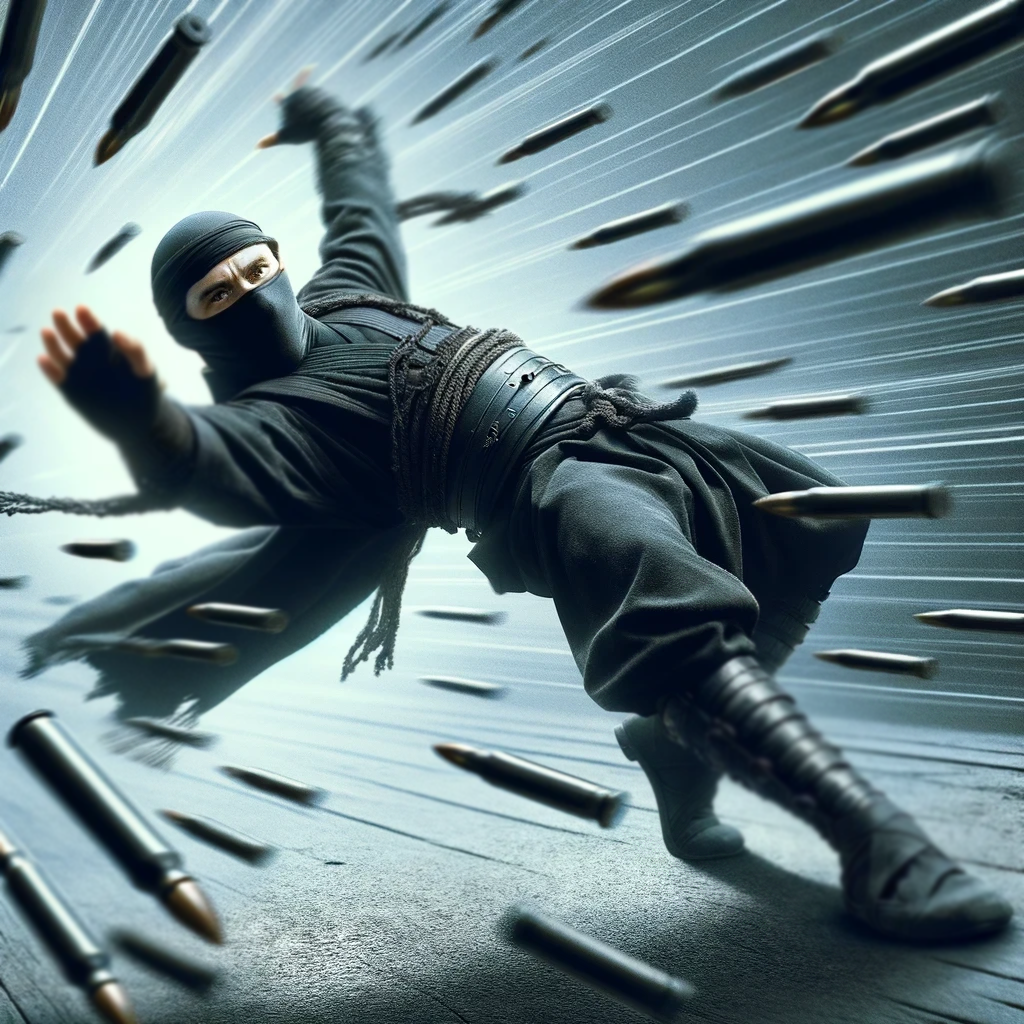
For example, when you find yourself in multi-way pots, you should mostly avoid bluffing, as every extra opponent in the pot means an extra person your bluff must go through.
While there are still spots in which you can represent a monster while holding a strong draw multi-way, you will want to play a lot more passively when multiple players are involved in a hand, as bluffing too much in some spots will often result in a disaster.
You should also try not to bluff against tight and nitty players who are exhibiting signs of strength, as such players are likely to be holding a monster hand in these scenarios.
Finally, you should quit your bluffing attempts on boards that heavily favor your opponent’s range over yours, as range advantage not only allows your opponent to beat you with a better hand but also to bluff right at you and represent hands you can’t possibly have in your own range.
The next time you are considering bluffing, make sure to keep all our tips in mind and only bluff when the time is right and with the hands that make sense as bluffing candidates on the given board and against the particular opponent you are playing.


